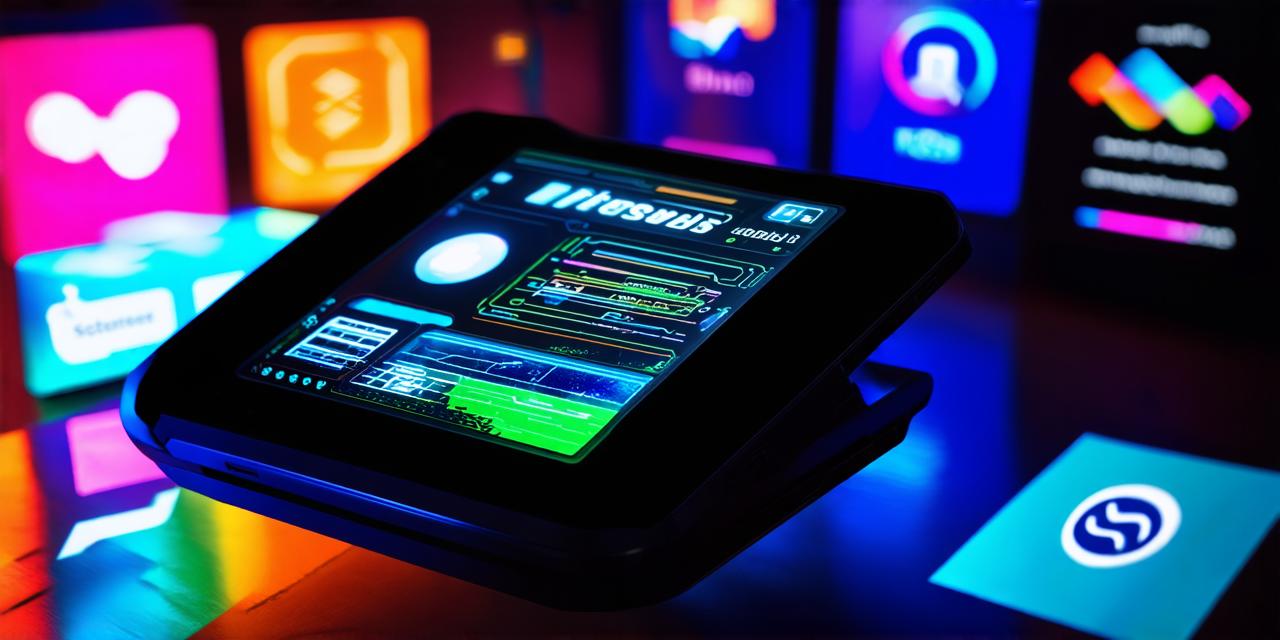Mixed reality (MR) is a fascinating technology that enables users to experience a virtual environment overlaid on the real world. It offers endless possibilities for creative professionals, from architecture and interior design to marketing and entertainment.
1. Unity
Unity is one of the most popular game engines on the market, and it also has extensive support for MR development. It allows developers to create immersive experiences that blend real-world environments with virtual objects and characters. With Unity, you can easily customize the look and feel of your MR experience and integrate it into existing workflows.
2. ARKit
ARKit is Apple’s augmented reality development platform, which allows developers to create interactive experiences for iOS devices. While not specifically designed for MR, ARKit can be used to create MR experiences that blend virtual objects with the real world. It offers a range of features, including image recognition, depth tracking, and motion capture, making it easy to create engaging and interactive experiences.
3. HoloLens
HoloLens is Microsoft’s flagship MR device, which allows users to experience holographic content in the real world. It comes with a range of built-in tools and features designed specifically for MR development, including object tracking, hand and gesture recognition, and spatial audio. HoloLens also supports a wide range of programming languages and platforms, making it easy to integrate into existing workflows.
4. Vuforia
Vuforia is an AR development platform that allows developers to create interactive experiences for mobile devices. It uses image recognition technology to track real-world objects and surfaces, which can then be overlaid with virtual content. With Vuforia, you can easily create engaging and immersive experiences that blend the real world with virtual objects and characters.
5. Magic Leap
Magic Leap is another MR device that offers a range of tools for developers. It uses a unique light-field display technology to create highly realistic and interactive holographic content, which can be overlaid on the real world. With Magic Leap, you can easily create experiences that blend virtual objects with the physical environment, making it ideal for industries such as architecture, interior design, and marketing.
6. Blender
Blender is a popular 3D modeling and animation software that also has support for MR development. It allows users to create and export 3D models and animations that can be used in MR experiences. With Blender, you can easily customize the look and feel of your MR experience and integrate it into existing workflows.
7. Unreal Engine
Unreal Engine is another popular game engine that also has extensive support for MR development. It offers a range of features and tools designed specifically for MR development, including object tracking, motion capture, and spatial audio. With Unreal Engine, you can easily create engaging and interactive experiences that blend virtual objects with the real world.
In conclusion, mixed reality technology is rapidly evolving, offering endless possibilities for creative professionals. By using these mixed reality tools, you can enhance your creative process and create immersive experiences that blend virtual objects with the physical environment. Whether you’re a game developer, architect, or marketer, there’s a tool out there to suit your needs.
